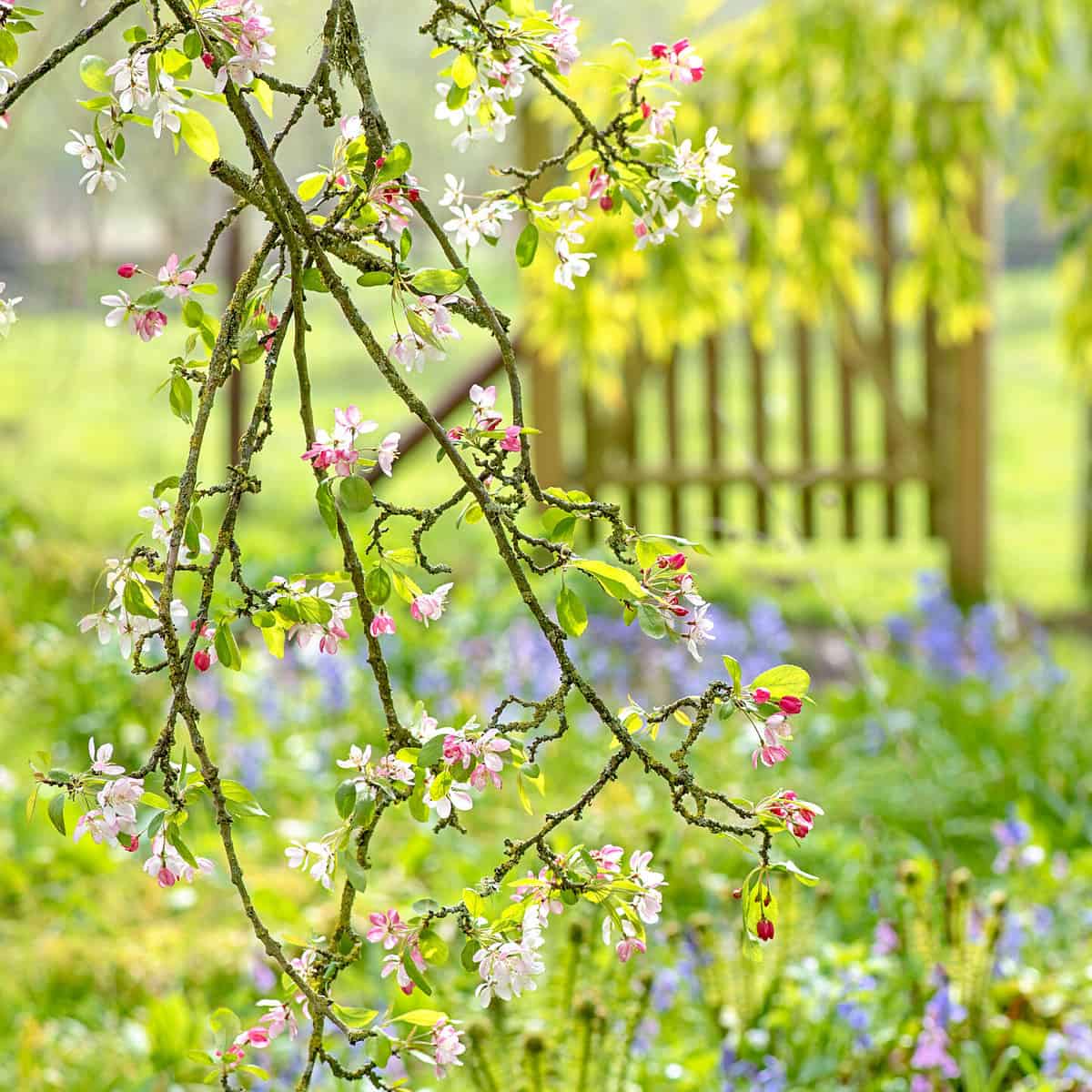March marks the beginning of the growing season for many vegetable plants. With the weather warming up and the soil starting to thaw, March is the perfect time to start planting your garden. Whether you’re an experienced gardener or a beginner, there are plenty of vegetables that you can plant in March to enjoy a bountiful harvest later in the year. In this article, we’ll take a look at some of the best vegetables to plant in March and provide you with all the information you need to get started.
Best Vegetables to Plant in March:
- Peas – Peas are one of the easiest vegetables to grow and thrive in cooler weather. They can be planted as soon as the soil can be worked in the spring. Peas grow quickly and will be ready to harvest in about two months. They are perfect for eating fresh, freezing, or canning.
- Lettuce – Lettuce is a cool-weather crop that can be planted as soon as the soil temperature reaches 40 degrees Fahrenheit. It grows quickly and can be harvested within a month. Lettuce is also a great source of vitamins and minerals, making it a healthy addition to any diet.
- Spinach – Like lettuce, spinach is another cool-weather crop that can be planted in March. It grows quickly and can be harvested within a month. Spinach is a great source of iron, vitamins, and minerals, and can be used in a variety of dishes.
- Radishes – Radishes are a fast-growing crop that can be planted in March and harvested within a month. They are easy to grow and add a nice crunch and spice to salads and other dishes.
- Carrots – Carrots are a root vegetable that can be planted in March. They take a little longer to mature, but they are a great source of vitamin A and can be used in a variety of dishes.
- Broccoli – Broccoli is a cool-weather crop that can be planted in March. It takes a little longer to mature, but it is a great source of vitamins and minerals.
- Cauliflower – Cauliflower is another cool-weather crop that can be planted in March. It takes a little longer to mature than broccoli, but it is a great source of vitamins and minerals.
- Cabbage – Cabbage is a cool-weather crop that can be planted in March. It grows quickly and can be harvested within a few months. Cabbage is a great source of vitamin C and can be used in a variety of dishes.
Tips To Plant In March
March is an excellent time to start planting vegetables and getting your garden ready for the growing season. The weather is starting to warm up, and many vegetables are tolerant of the cooler temperatures that are still present.
However, planting in March requires some careful planning to ensure that your garden gets off to a great start. Here are some tips to help you plant perfectly in March.
- Plan your garden layout: Before you start planting, it’s essential to plan your garden layout. Decide what vegetables you want to plant and where you want to plant them. Consider the amount of sunlight each area gets and the soil type.
- Prepare the soil: Good soil preparation is essential for a successful garden. The soil should be well-draining and fertile. Remove any weeds, rocks, or debris from the planting area. Add compost or other organic matter to the soil to improve its fertility and texture.
- Start seeds indoors: March is a great time to start seeds indoors for transplanting later in the season. Some vegetables that can be started indoors include tomatoes, peppers, and eggplants. Use seed trays or small pots filled with a high-quality seed-starting mix, and provide adequate light and warmth for germination.
- Plant cool-season vegetables: March is the perfect time to plant cool-season vegetables that prefer cooler temperatures and can tolerate a light frost. These include lettuce, spinach, peas, carrots, radishes, and broccoli.
- Use row covers: If you’re planting cool-season vegetables, consider using row covers to protect them from late-season frosts. Row covers can also help keep pests away from your crops.
- Water regularly: Water is essential for plant growth. Make sure to water your plants regularly, especially during dry spells. Water in the morning or evening to avoid water evaporation during the heat of the day.
- Fertilize as needed: Adding fertilizer to your garden can help improve soil fertility and plant growth. Use a high-quality fertilizer that is appropriate for the type of vegetables you’re growing. Be sure to follow the manufacturer’s instructions for application rates.
Conclusion:
March is the perfect time to start planting your vegetable garden. With the right vegetables and a little bit of care, you can enjoy a bountiful harvest later in the year. Whether you’re looking to grow peas, lettuce, spinach, radishes, carrots, broccoli, cauliflower, or cabbage, March is the ideal time to get started.
Remember to follow the instructions on your seed packets and provide your plants with plenty of water and sunlight for the best results.
Happy planting!
Originally posted 2023-03-02 00:27:42.


